Milk: heroic ads lead a liquid sales revival
How much is the generic advertising campaign for milk likely to achieve? Can the image of milk as "uncool" and even invisible be overcome? Let's be grown up about this, says Peter Crosskey
Watch out, watch out, there's an adman about. For the first time in six years, milk has become the focus of a generic promotional campaign, which broke on June 19 with an animated George Best heading a cartoon TV ad cast.
With a budget of £9m for the next 18 months, The White Stuff campaign is jointly funded by producers and processors through the National Dairy Council. In November, farmers agreed to a statutory levy to cover their contribution, and the Dairy Industry Federation put a similar voluntary mechanism in place so processors could match farmers' money pound for pound.
"Previous campaigns generated £5 of sales for every £1 of advertising spend, on average," says National Dairy Council marketing manager Andrew Ovens. "We're not advertising because we think it's a nice thing to do. This campaign will have serious targets for volume sale improvement and changing consumer attitudes."
BMP DDB, creator of the dancing milk bottles, Accrington Stanley and the Humphrey campaign, contributed one of the three final agency pitches. "We probably judged them more harshly because they already had experience in the market," Ovens admits. But BMP DDB's proposal for The White Stuff won out. The initial TV ad burst which also features a cartoon Chris Eubank, Prince Naseem Hamed and Frank Carson, is running for a further four weeks on ITV channels, followed by five weeks on Channel 4, Channel 5 and satellite.
According to Ovens, research found that people now tend to regard milk as an ingredient rather than something worth drinking for itself.
The wide range of adult soft drink alternatives is one of Ovens' explanations for this. "In one piece of research, this chap said he'd gone to his fridge but found there was nothing to drink," he says. "But later he remembered he had three pints of milk. To him, milk had become invisible."
According to Ovens, the campaign graphics have been made stark and simple because milk is a simple product. But there are misconceptions to overcome.
"Consumers overestimate the fat content," Ovens says. "Whole milk, which people call full fat', has only 4% fat. But we don't do this fat-free thing. We're going to be much more factual: 4% for whole milk, 2% for semi-skimmed and fat-free for skim."
Ovens says. "In one research group, a woman decided a bottle of olive oil would be better for her than a bottle of milk because she thought it was lower in fat. "People are needlessly fretting over the amount of milk they take in because they believe it's full of fat," Ovens argues. "We're not claiming milk's the new low fat drink everyone must have, we're just putting it into perspective."
Fat content is specifically addressed in three advertisements, led by the superfit sports heroes.
"When people diet, the first thing they do is cut back the amount of milk they drink," Ovens says. "But if they're drinking skimmed or semi-skimmed milk already, very little of their daily fat intake will come from milk." Furthermore, milk is a valuable source of calcium, vitamins and minerals.
The White Stuff campaign identifies key milk drinking times of day, which are basically meal times and last thing at night, Ovens says, and media bookings have been timed to coincide with these. "We'll be targeting people in the morning and lunchtime using radio," Ovens reveals. "Television will focus on the soaps and will target people during their evening meals and last thing at night."
The TV campaign broke during Coronation Street with a Hollyoaks slot three days later. Posters are also aimed at commuter stations. "We want people to talk about the ads on their way into work," Ovens says.
A further burst is being negotiated for September, again using TV and radio. "With all the high-profile soft drinks brands competing for share of throat, we have to accept that this is a very heavily competitive market," Ovens says.
Retailers have also been recruited to the campaign. "We've shown the whole campaign to all the major multiples," Ovens reveals. "They've all been talking about doing instore activity at point of sale to support it."
The basic artwork has been distributed for supermarkets to use in their own ways. Almost all are choosing to keep the original mono format, regardless of their own house colours.
"We're not asking them to do anything on which they don't see a return," Ovens explains
"This is an activity that has to prove itself."
{{FOCUS SPECIALS }}
Close menu
- Home
- Retail & Wholesale
-
Products & Suppliers
- Back to parent navigation item
- Products & Suppliers
-
Product Categories:
- Back to parent navigation item
- Product Categories:
- Alcoholic drinks
- Bakery
- Cereals & breakfast
- Cheese
- Chicken & poultry
- Chocolate
- Confectionery
- Crisps, nuts & snacks
- Dairy
- Fish
- Fresh produce
- Frozen
- Household
- Meat
- Own Label
- Sauces & condiments
- Seasonal
- Soft drinks
- Vaping
- Vegan & plant-based
- World foods
- Suppliers
- People
- Reports & Data
-
Topics A-Z
- Back to parent navigation item
- Topics A-Z
-
Popular topics:
- Back to parent navigation item
- Popular topics:
- Cost of living crisis
- Crime
- Deposit Return Schemes
- Finance
- Government & Regulation
- Health
- Inflation
- Loyalty
- Marketing
- Mergers & Acquisitions
- New Product Development
- Sourcing
- Supply chain
- Sustainability & environment
- Technology
- Ultra Processed Foods
- Vaping
- A-Z all topics
- Content by type:
- Events
- Ask iA (beta)
- Subscribe now
Sign in to comment on this article
Not logged in before? Register for FREE guest access today.
You will be able to:
- Read more stories
- Receive daily newsletters
- Comment on stories
Advert




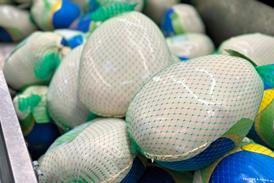


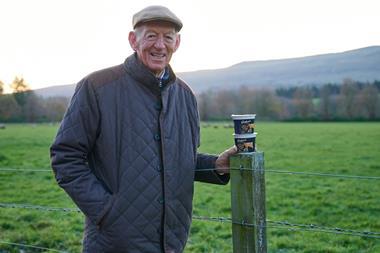

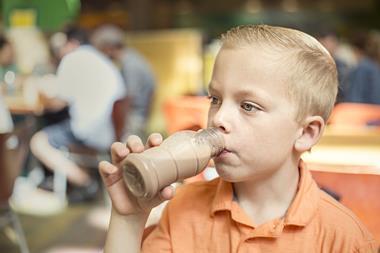

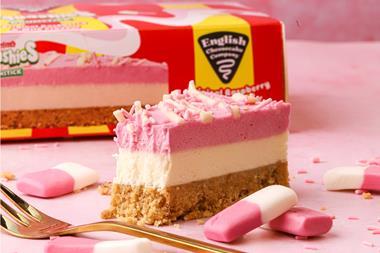

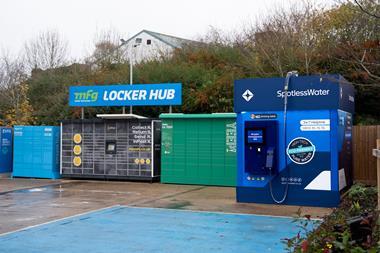
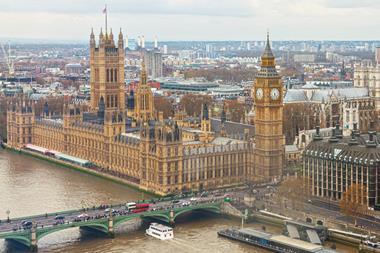

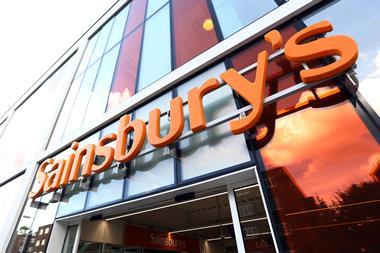
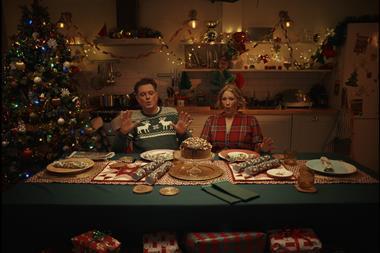

No comments yet